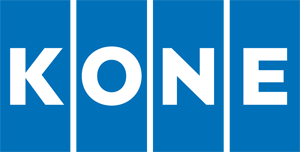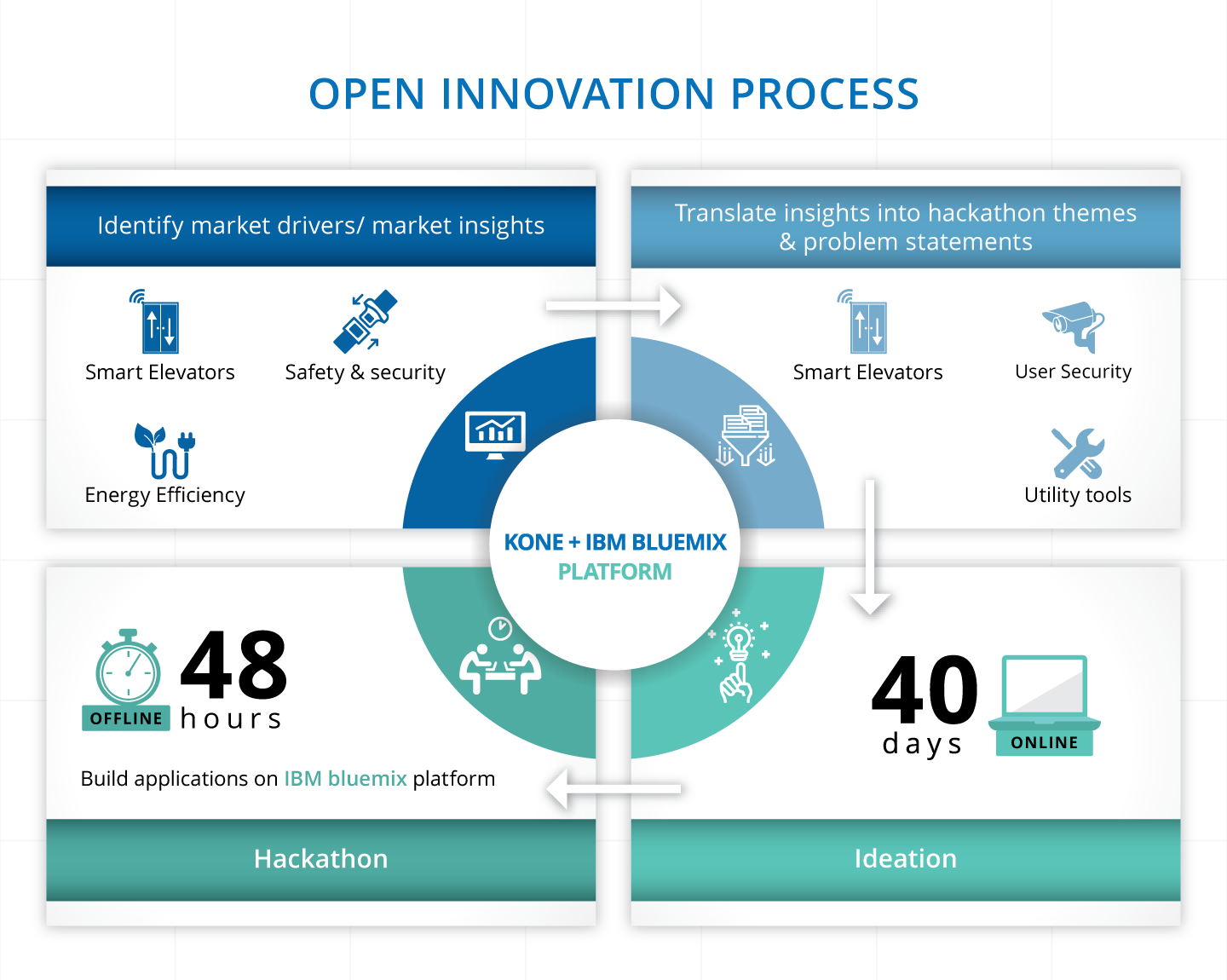Modernizing elevators through open innovation

“HackerEarth took over the responsibility of the deliverables per the agreed terms and conditions. It was a very good experience for us. HackerEarth ensured the event went off without a hitch. We never got the impression that we were conducting the event for the first time.“
Jayapraksh.B, Deputy General Manager – KONE IT India

About KONE
The global elevator market is expected to grow from $88 billion to $125 billion by 2021. That’s a steep rise.
This market expansion will provide a massive opportunity for elevator manufacturers who can develop innovative, next-gen smart elevators.
KONE, one of the world’s largest elevator manufacturers, took an interesting approach of leveraging the open-innovation model to capitalize on the market expansion. It partnered with IBM to launch a hackathon-based innovation campaign.
2300+ Developers
686 Teams
52 Applications built
What’s KONE's story?
Headquartered in Finland, KONE is an international engineering and service company employing roughly 52,000+ personnel globally. Founded in 1910, it is currently the fourth largest manufacturer of elevators and escalators worldwide. KONE provides local service in over 50 countries and has consistently been one of the most innovative companies in Europe and the rest of the world.
Objective
Innovate on the key driving trends to modernize elevators
Open innovation
The key to a successful open-innovation campaign is defining the themes/areas of innovation and presenting a clear problem statement for the participants to work on.
KONE narrowed down the key market drivers that would shape the future of the elevator market. The themes and problem statement were chosen based on these drivers.
KONE partnered with IBM, which provided the developers with access to the IBM Bluemix platform that was used to build applications.
The market drivers
1. Smart elevators
One trend in the market is the increase in smart elevators. A smart elevator utilizes different sensors to recognize the ongoing activity of its components. This data is validated and sent to an application, which then processes the data in real-time for various benefits.
2. Safety and security
As the regulations and the safety code for elevators and escalators are made more stringent, elevators must be modernized or replaced to meet new requirements.
3. Energy efficiency
Elevators and escalators represent 3–7% of a building’s energy consumption. There is a lot of potential for considerable cost and energy savings.

Challenges
- Comprehensive innovation platform that enables open innovation
- Outreach to the developer community
Solution: HackerEarth Sprint
HackerEarth Sprint, HackerEarth’s innovation management software, helped KONE to ideate, shortlist ideas, and conduct a hackathon.
The platform made it easy for KONE to submit formats, create judging parameters, and assign scores to each parameter thus allowing them to manage the judging process efficiently. One of the biggest challenges was reaching out to the developer community and that was made simple by leveraging the million plus developers in the HackerEarth community.
Outcome
Of the 52 applications built, KONE shortlisted the top 10 teams from the Phase 2 and they will go to KONE’s Chennai R&D center for the final Phase 3 round and work on actual elevators to showcase their ideas and build something to make People Flow® more effective and smarter. The winning ideas were chosen based on Novelty, Design, Technical Intelligence, and Business Impact and were awarded a cash prize of $10,000.
The winning idea
Cloud-based, elevator health-monitoring system
The winning solution is a smart, cloud-based, health-monitoring system for elevators. It uses Machine Learning to predict problems before they happen. This predictive analysis and real-time diagnostics will be made available to technicians, engineers, and building owners through a web-based dashboard. This information can be used to deploy smart, data-driven, maintenance strategies thus eliminating downtime and disruption in people flow.
- Plug and play deployment
- Continuous model delivery using IBM
- Bluemix and data science
- Less downtime, more satisfaction
- Smart collaborative management
- Real-time notifications


